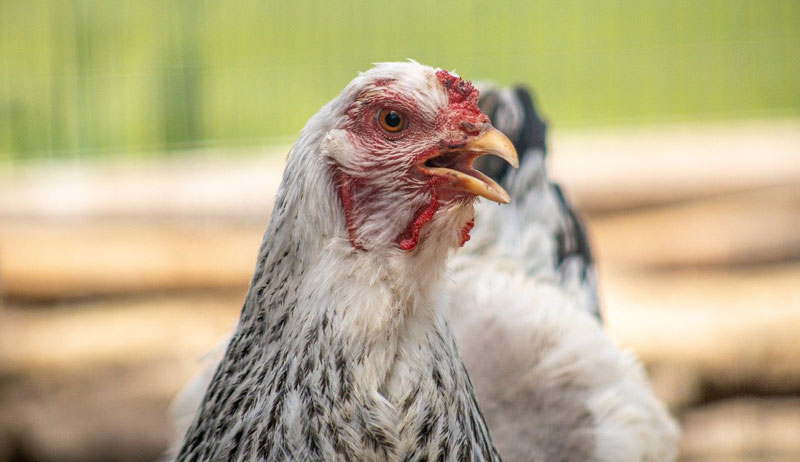Growing herbs in your garden is one thing. But growing an abundance of anything takes a bit of practice. While there is no easy way to go about this, we have some tips for producing an abundance of herbs in your garden.
Choose the Right Herbs
The first step in creating a garden that is able to produce an abundance of herbs is to choose the right ones. Unfortunately, it is not possible to just grow anything and everything we like. Gardening requires a little more planning than just sticking some seeds in the ground and hoping they will grow.
Some herbs are easier to grow than others. While other herbs only grow in certain environments. A few herbs that are ideal for beginners include Basil, Mint, and Parsley. These three herbs can take being harvested often and are great for growing in containers.
Other popular herbs to grow are:
It is best to start with just a few herbs at a time. If you take on too many plants at once, you may become overwhelmed, and your plants will be the ones to suffer. Always start small, you can increase your selection of herbs slowly as you get more comfortable with your plants.
Skip the Seed, Use Seedlings
Once you have chosen the herbs you wish to start with, the next step is to start growing them! It is best to get yourself some seedlings rather than to try starting seeds. Unless you are an experienced gardener, it is much easier to use plants that have already been started.
Using seedlings is not only easier, but it will save you a couple of weeks too. It will also increase your chances of a successful harvest. The best places to source seedlings from are your local nursery or a plant nursery online. Although, the latter may not always sell seedlings. You could also try a farmer’s market!
When you have your seedlings, you will need to transplant them out of their seedling trays. You can either transplant your seedlings into another pot or container, or you can plant them directly into the ground. To transplant your seedlings, gently remove them from their seed trays and place them in small holes either in the ground or a larger pot. Press down the soil gently to secure them and then water your newly transplanted herbs.
Check the Herbs Care Requirements
A good gardening practice is to know your plant’s individual needs. It is best to do some research on your desired herbs before you purchase or plant them, so you know what they need. This is especially true as different herbs and plants require different sun exposure, soil types and pH levels, and even different watering amounts and frequencies.
For each new herb you plant, make sure you know what its ideal sun exposure should be. You should also ensure your herb is planted in the correct soil type. Where their soil is concerned, check the herb’s ideal soil pH level, and ensure you test your soil before your plant the herb.
You should…
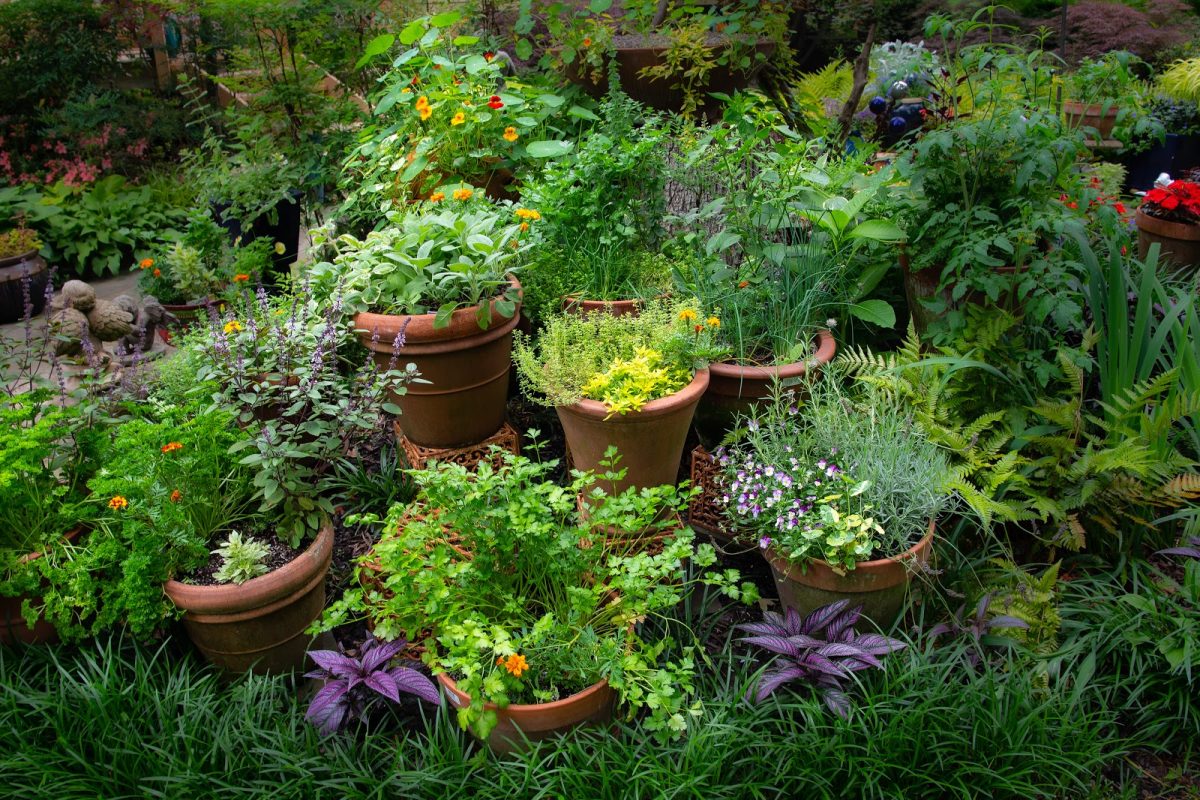


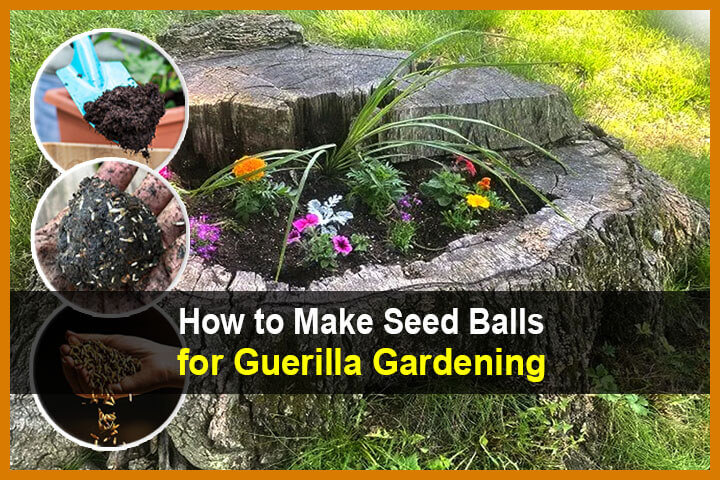

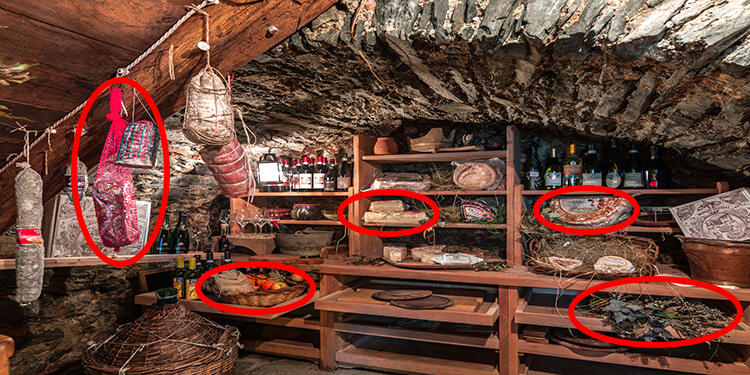
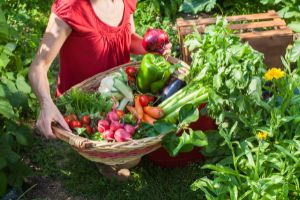 • During summer, vegetables and fresh greens abound, allowing you to eat an almost meat-free diet.
• During summer, vegetables and fresh greens abound, allowing you to eat an almost meat-free diet.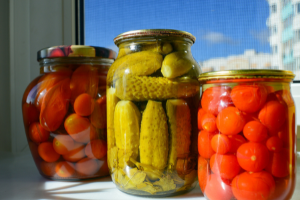 • Pickling involves preserving food in brine or marinating it in vinegar.
• Pickling involves preserving food in brine or marinating it in vinegar.



